Kilts have long been the outfit of choice for Scottish men during wedding season.
The tartan garment also makes an appearance at other milestone events in our lives – from birthdays and graduations to football matches and Hogmanay.
But you might have noticed that your son or nephew wasn’t interested in wearing one to his prom this year.
Maybe you yourself opted to buy a linen suit for your roster of weddings this summer.
So, is the kilt going out of fashion?
We spoke to industry experts in Tayside and Fife to find out what the current kilt trends are – especially when it comes to wedding season.
‘Kilts don’t go out of fashion’
Kiltmaker Jennifer Brown, who runs Kirk Wynd Highland House, which has stores in St Andrews and Kirkcaldy, is clear on where she stands on the debate.
The family business has been making bespoke handmade kilts since 1979.
“This particular year is a bit quieter, but generally I think kilts are as popular as they always have been.
“I mean, they don’t go out of fashion with Scots guys. They even want to wear them to football.
“And for a Scottish Wedding, I would say the groomsmen at 80% of Scottish weddings wear kilts.”
Wedding season – from April to October – is the busiest time of year for the business.
However she notes that kilts are a less popular choice among teenage boys these days.
Jennifer said: “About 10 years ago their was a noted dip where young guys were wearing suits to proms.
“But it is slowly on the rise again. It just slowly comes and goes in fashion.
“Boys around 15 and 16 were wearing suits for a long time, but it is trickling back to kilts now – so it is a quieter time on that front.
“It is the same with tartans, which come and go in fashion.
“In the 80s it was the Red Royal Stewart Tartan. Everybody wanted that!
“Then it went out of fashion and greys became popular.
“It just comes in waves.”
‘The kiltmaking craft is in trouble’
Jennifer also has concerns about the future longevity of the kiltmaking craft – which was added to lists of “endangered” crafts in the UK by the Heritage Crafts Association in 2021.
She said: “There is not enough people training to become kiltmakers and a lot of kiltmakers in Scotland are trying to promote it as a trade.
“It is quite a lonely trade.
“It’s ok for me because I’ve got a business and I’m in the shop all the time but if you are just a kiltmaker then it is quite a lonely job, just sitting sewing on your own.”
She added: “There are a lot of places that will machine-make kilts, which are okay.
“But a proper kilt should really be handmade and it is those people which aren’t around very much.”
Kirsty Hassard, a curator at V&A Dundee, spent three years researching tartan for museum’s popular exhibition Tartan.
The show, which explored the Scottish textile in its different forms throughout history, ran from last April until January this year.
Kirsty said: “The kilt featured quite prominently in the show.
“It is the most traditional form of tartan.
“When most people think of tartan they tend to think of the kilt.”
Kilt still ‘very present’ in contemporary fashion industry
She says the kilt continues to have a “strong presence” in the contemporary fashion industry and remains a popular choice among men.
“The beauty of tartan is that is appears in a multitude of different forms.
“Designers – from Scotland and outwith – are constantly reworking it and reinventing it.”
The Dior show at Drummond Castle in Perthshire last week is a perfect example, she says. “Tartan was very present on that runway, and kilts as well.”
Edinburgh kiltmaker Samantha McCoach of Le Kilt worked with Dior to design a range of kilts which were featured in the Dior’s Cruise 2025 show.
Kirsty said: “It was great to see tartan take centre stage. Tweed was also featured.
“Images from that show have gone global – it is an international brand – and it is amazing that people today are looking at those amazing creations and realising how good tartan can be.
“The kilt is something that can be quite traditional for these major moments in your life such as weddings and graduations but it can also be something that is absolutely at the forefront of fashion as well.”
‘The majority of wedding guests don’t wear a kilt’
What do those in the wedding industry think?
Elaine White, who runs Fifty Six Events in Dundee, has been decorating wedding venues across Tayside and Fife since 2016.
Do most guests rock up in a kilt?
“I would say no. The majority of guests don’t wear a kilt. Some do, but the majority don’t.
“When I I think back to my own wedding, I don’t think anyone wore a kilt.
“But I would say that most groomsmen do wear kilts.”
She says this is because most guests don’t want the “hassle” of hiring a kilt for the day.
“If people have their own kilt I think they’re are likely to wear it but if they don’t have a kilt then it’s more hassle isn’t it?
“Whereas most men have a suit.”
Wedding photographer Emilie Gray tells a similar story.
The 29-year-old from Dundee says: “When it comes to the wedding party it is predominantly kilts, but guests are a lot more likely to wear a suit.
“I think the guests stick to suits because they don’t want to look like part of the bridal party.”
But she says that more and more groomsmen are opting to wear tuxedos and tartan ‘trews’ these days.
Emilie, who has been photographing weddings across Scotland since 2015, says: “I am seeing more tuxedos in the wedding party now than I used to.
“Tartan trews are growing more popular too – for both the wedding party and the guests.”
‘Wedding parties are dressing for social media nowadays’
Fife wedding celebrant Yvonne Hannah agrees that kilts are still worn by the vast majority of wedding parties, whilst guests opt for casual suits.
But she has noticed an increase in less traditional outfits, which she attributes to social media.
She said: “There is a bit of a move towards an Americanised look and feel.
“Weddings are becoming more of a media production.
“Wedding parties are dressing for TikTok and Instagram and that sort of thing.
“So a lot of the weddings I go to will have content creators, videographers, photographers – it is like they have got an entourage of media to create a cinematic movie”.
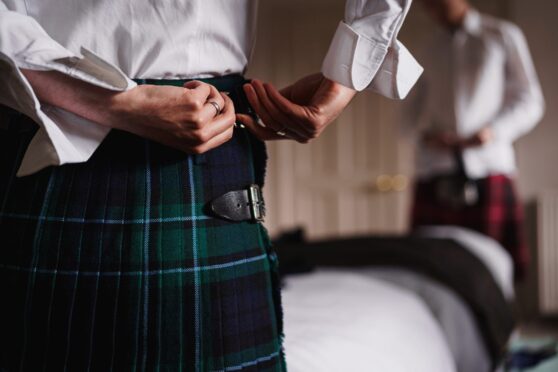
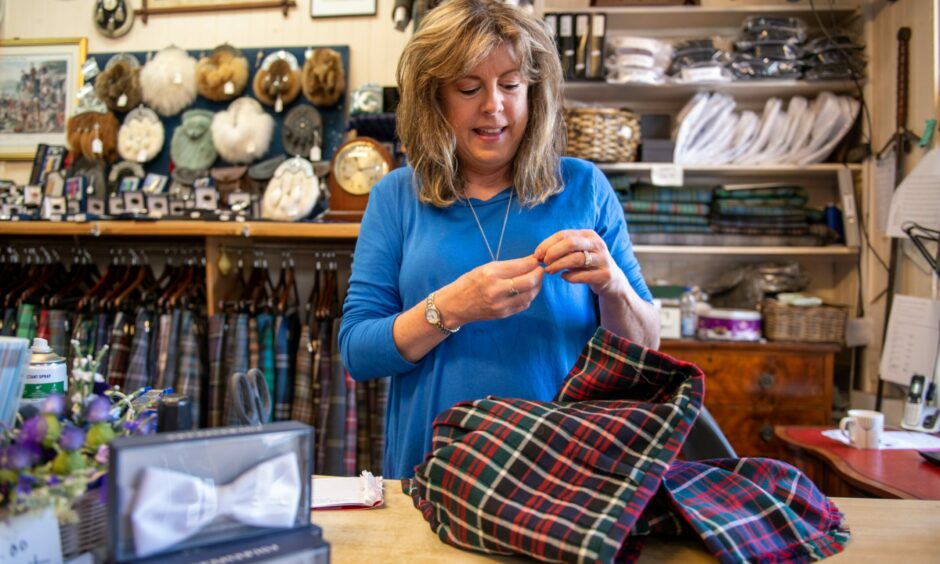
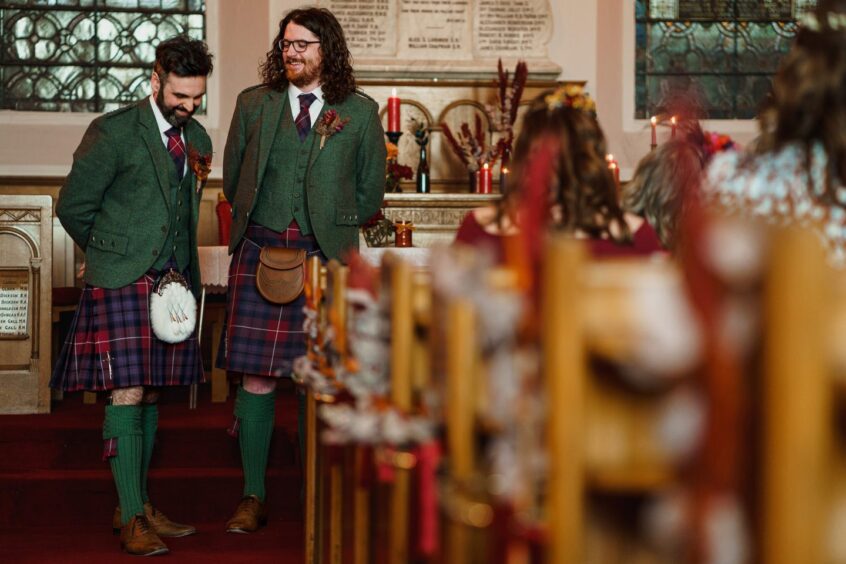
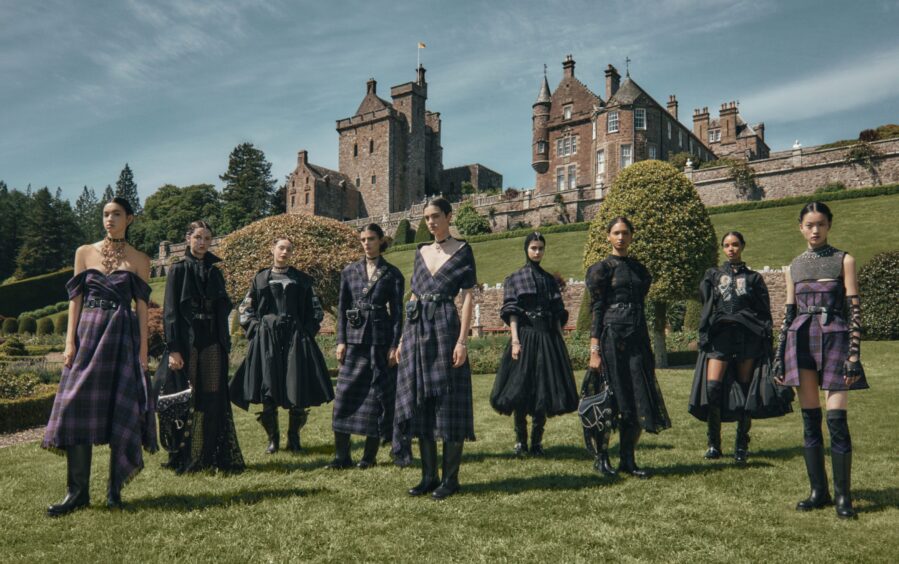
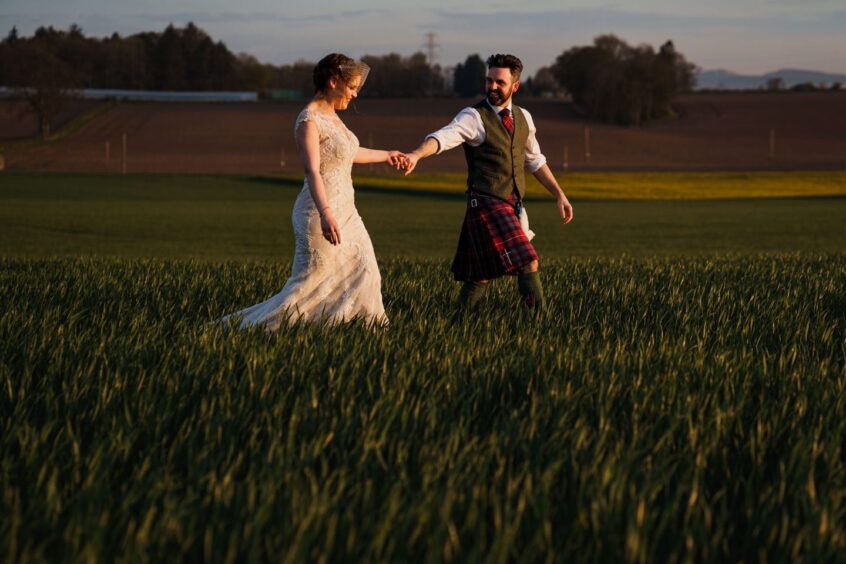

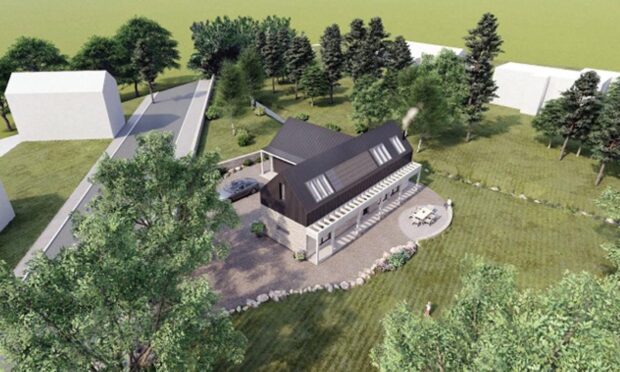
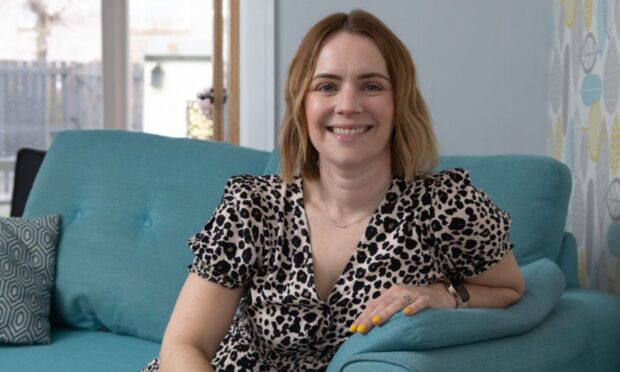
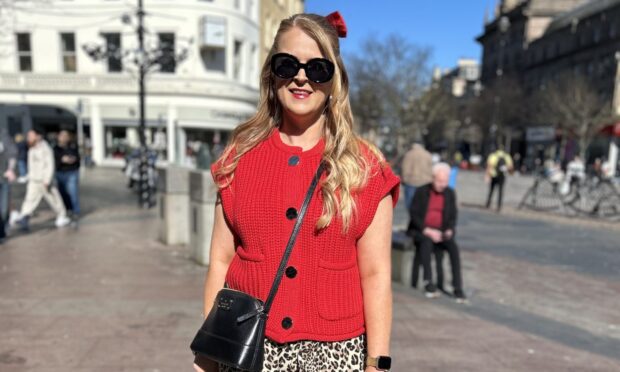

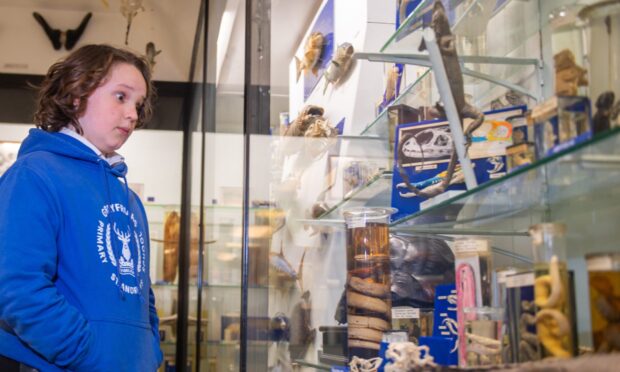
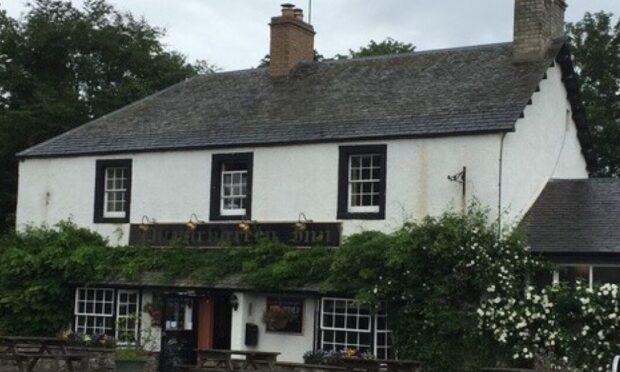


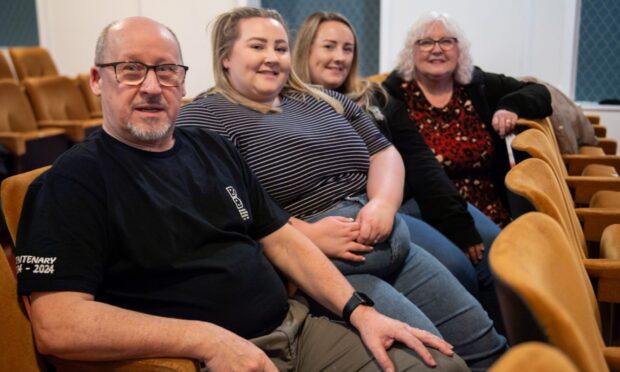
Conversation